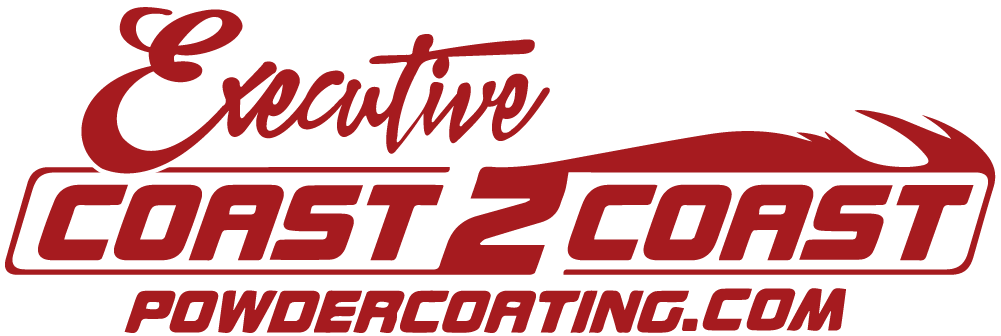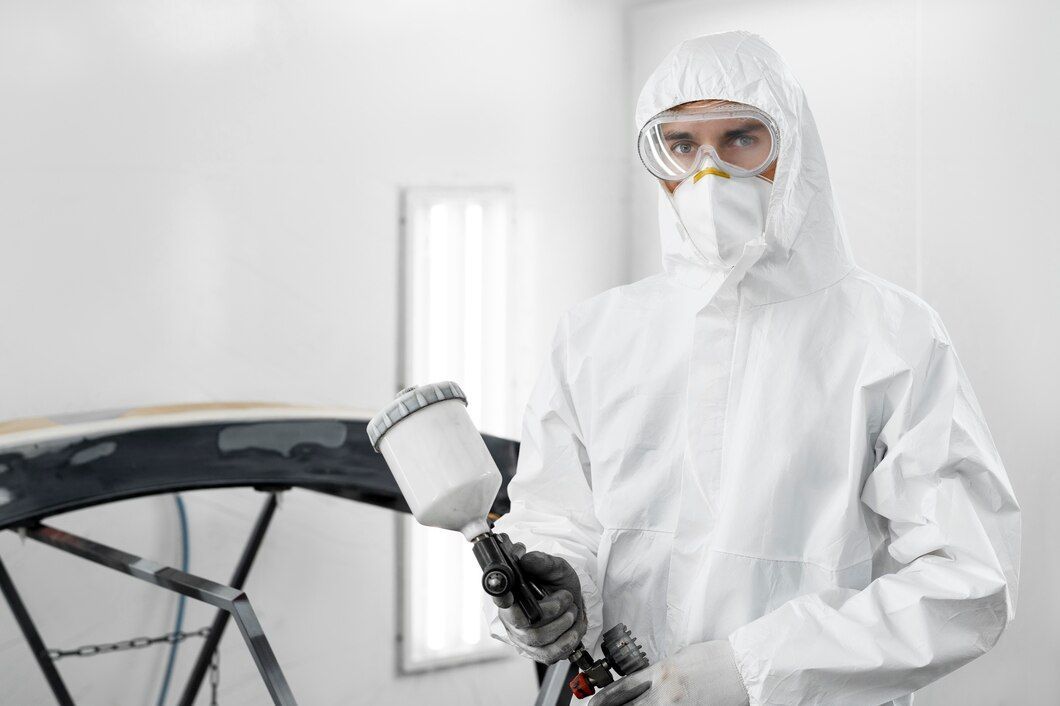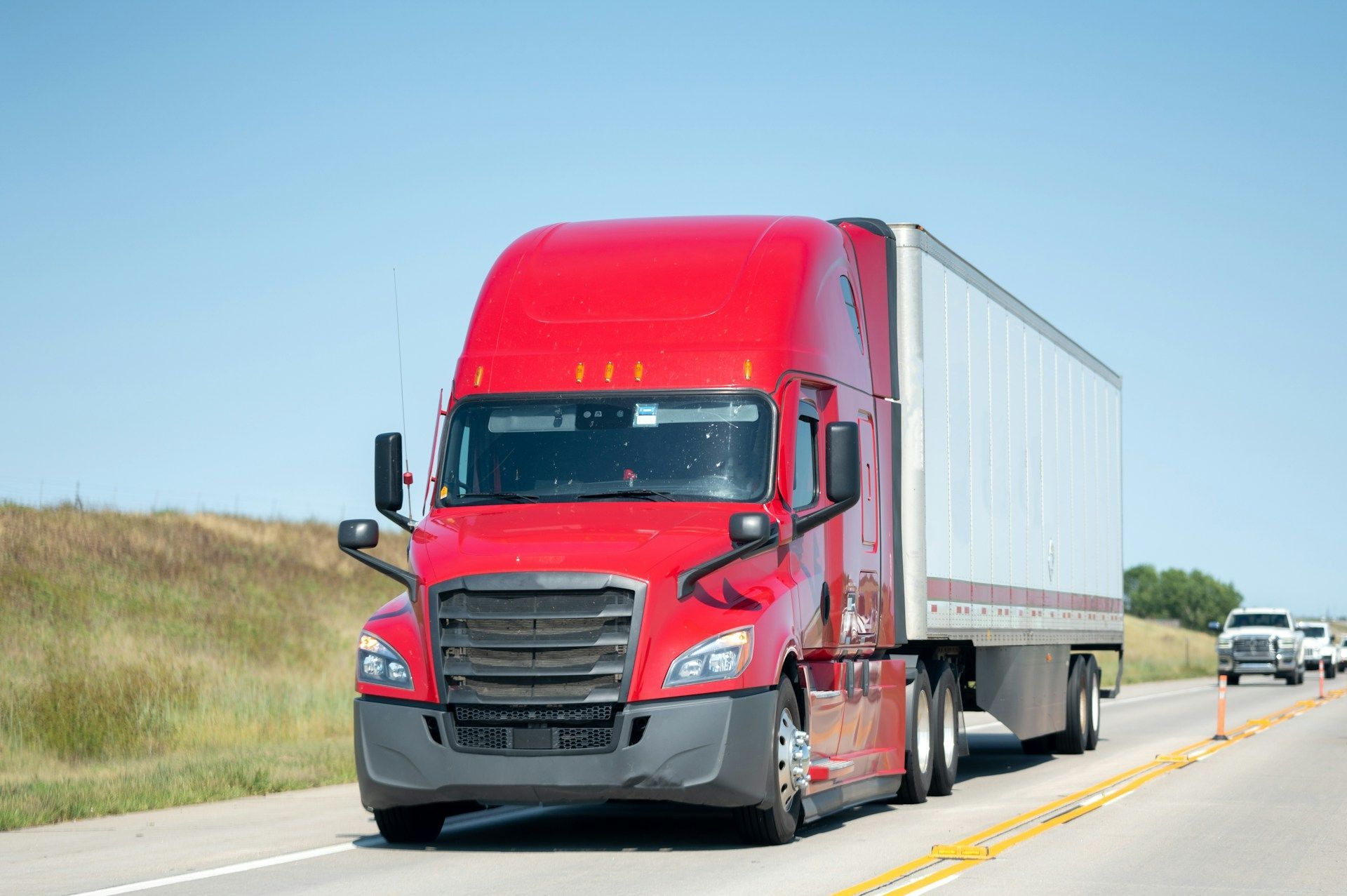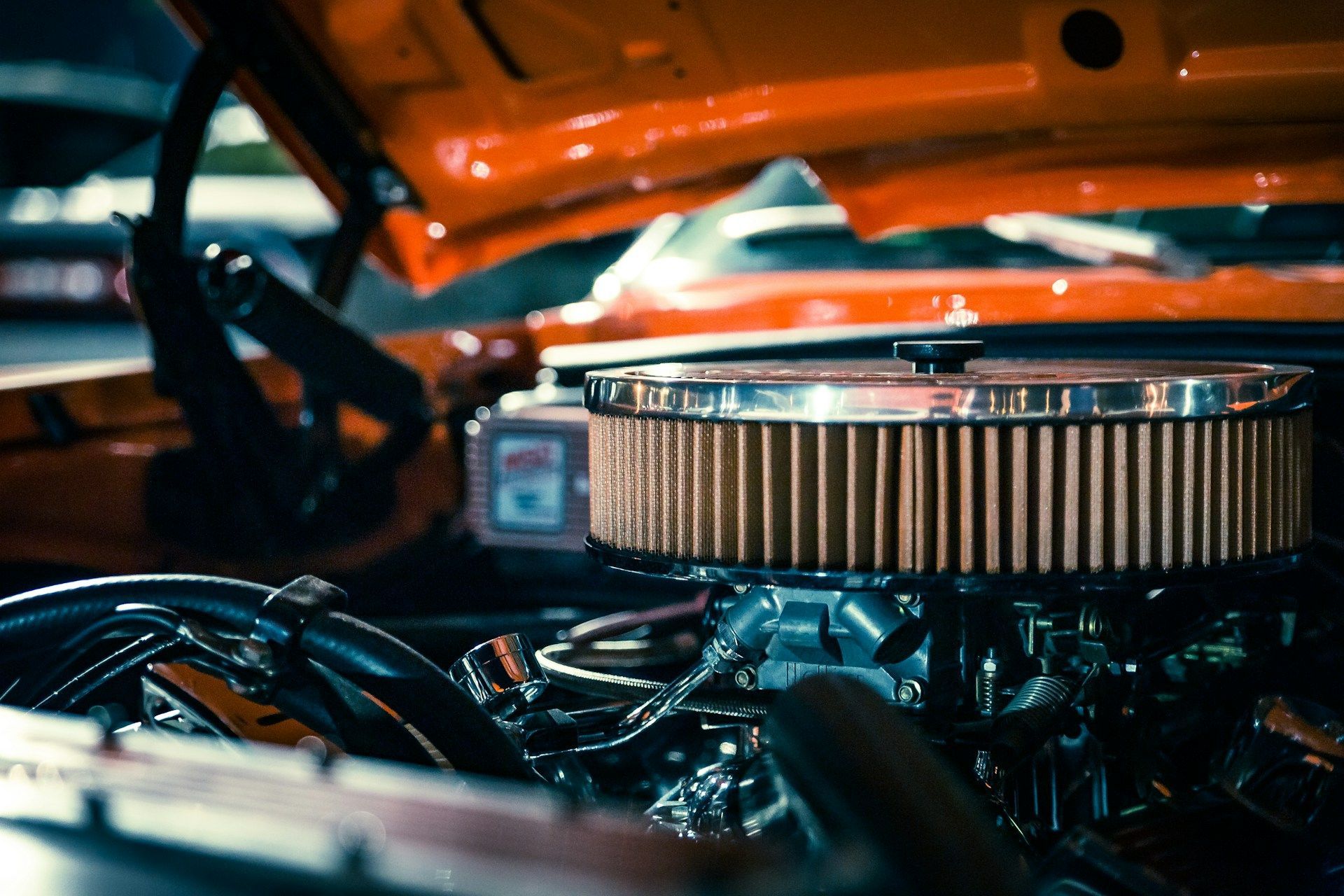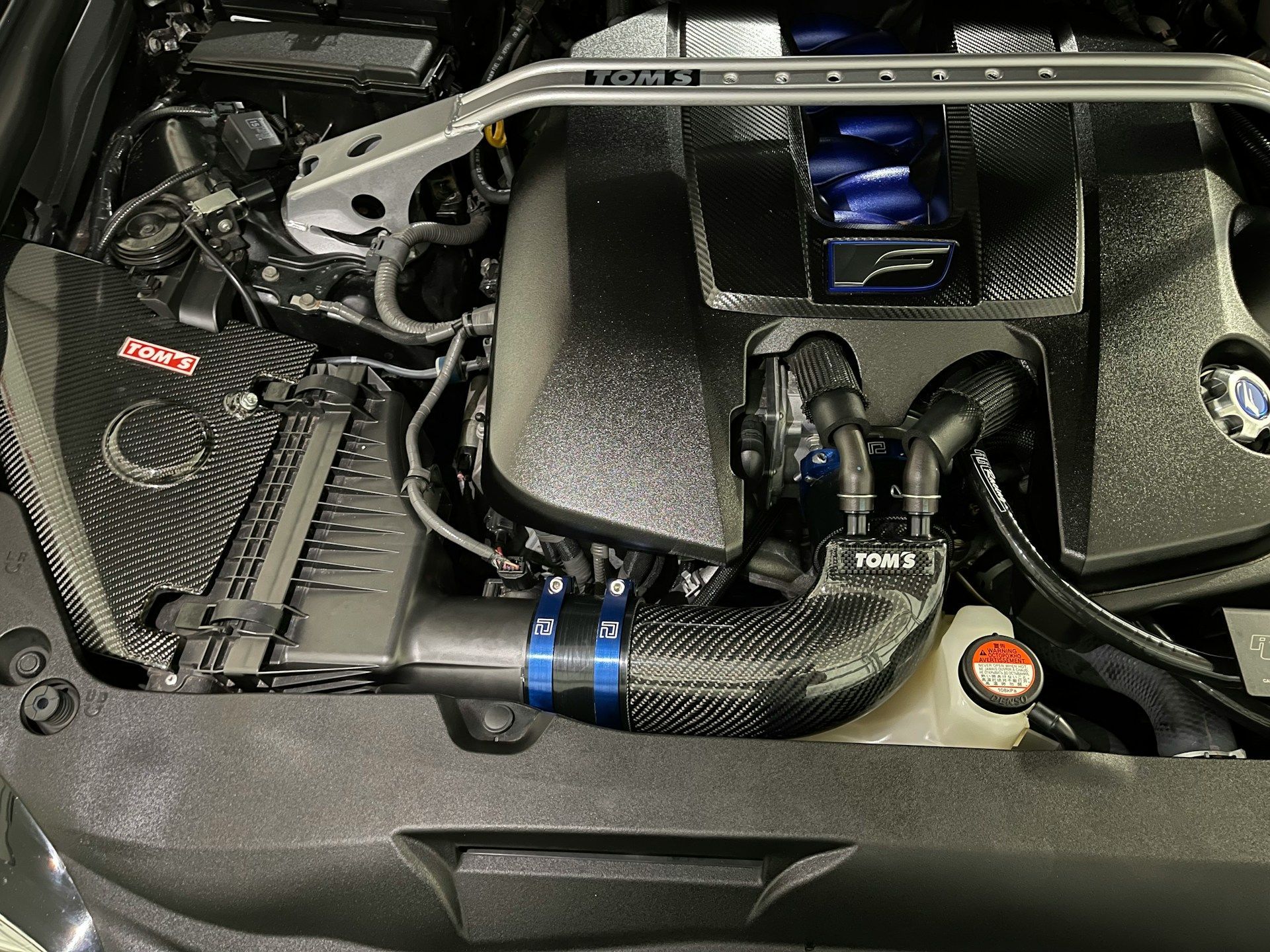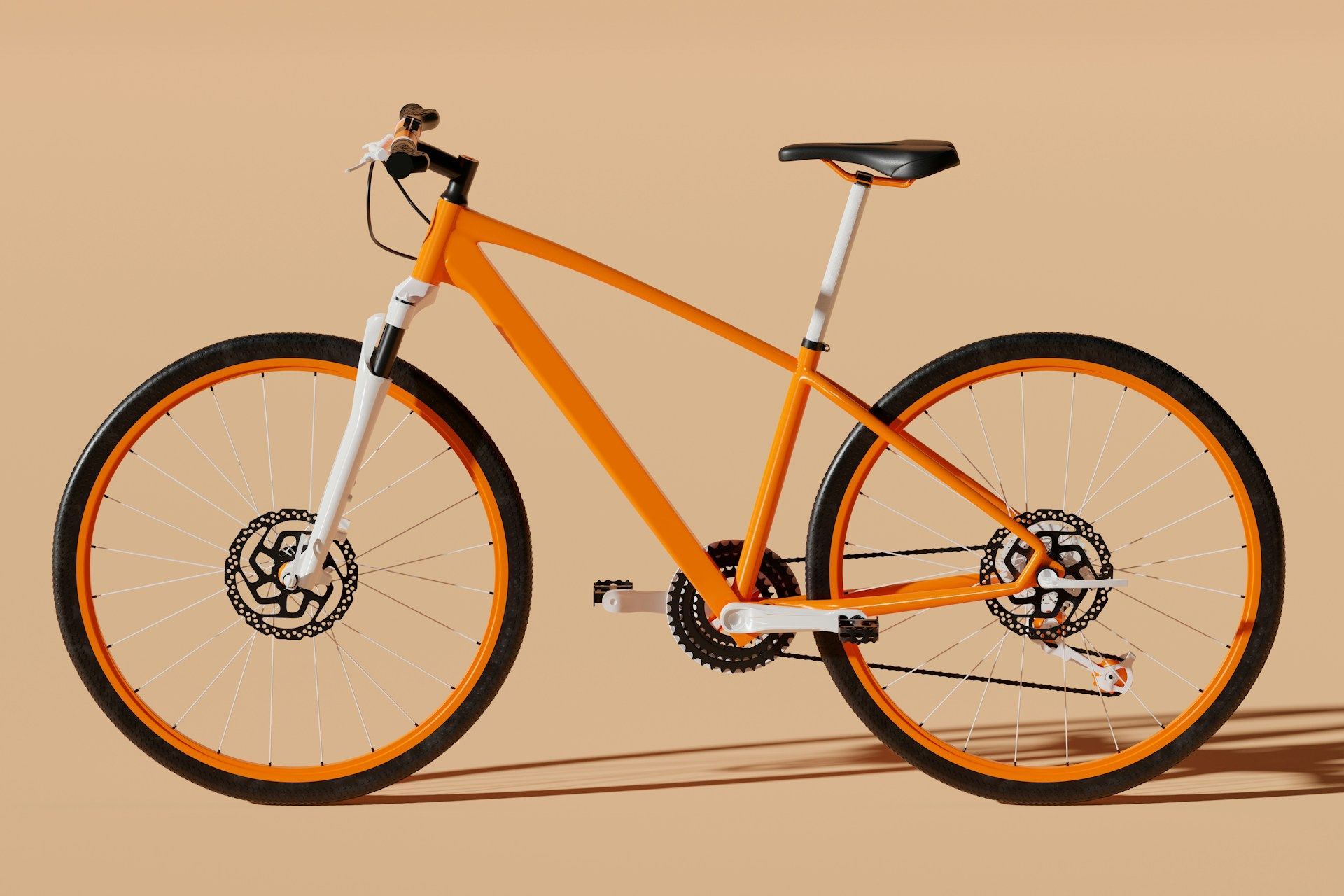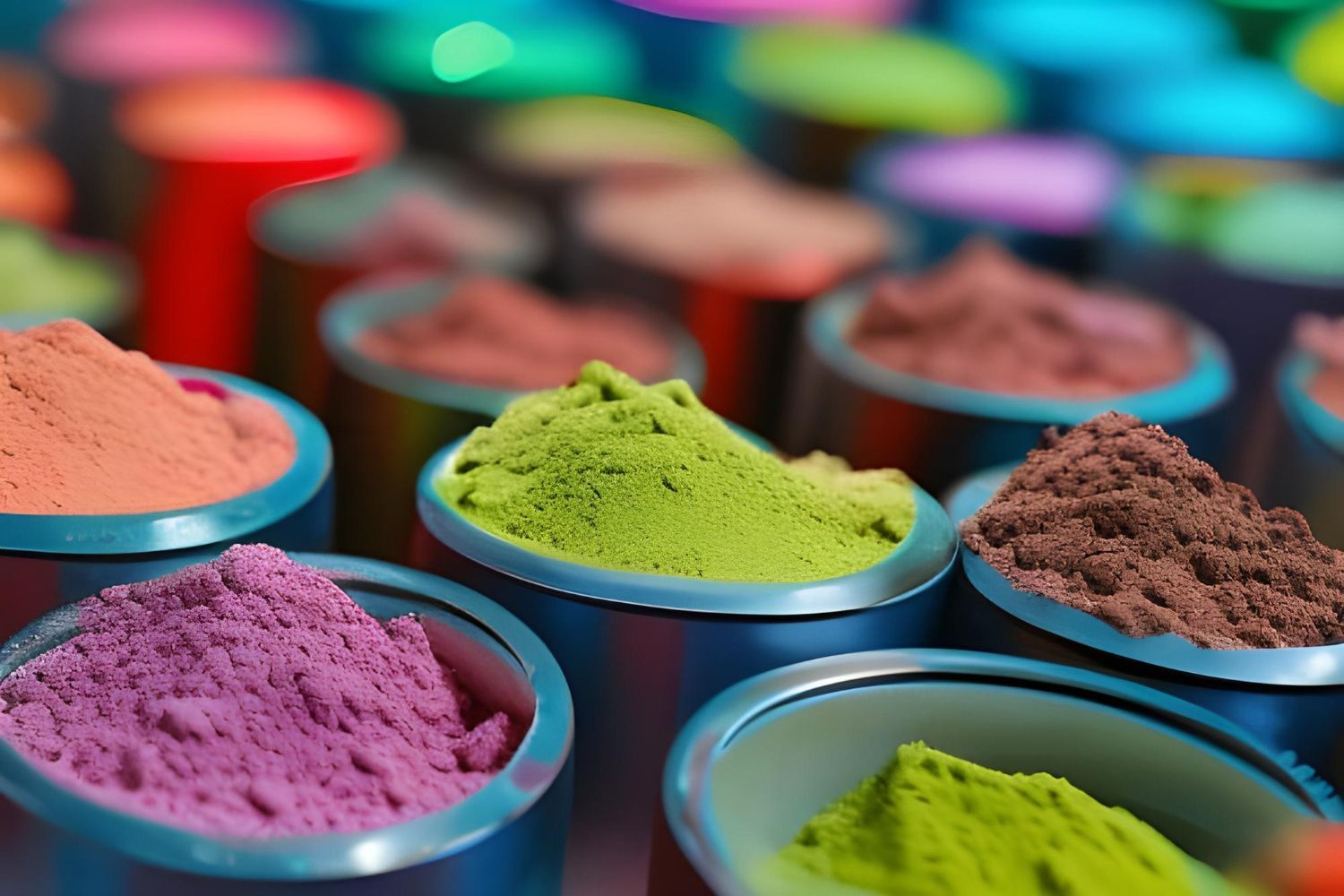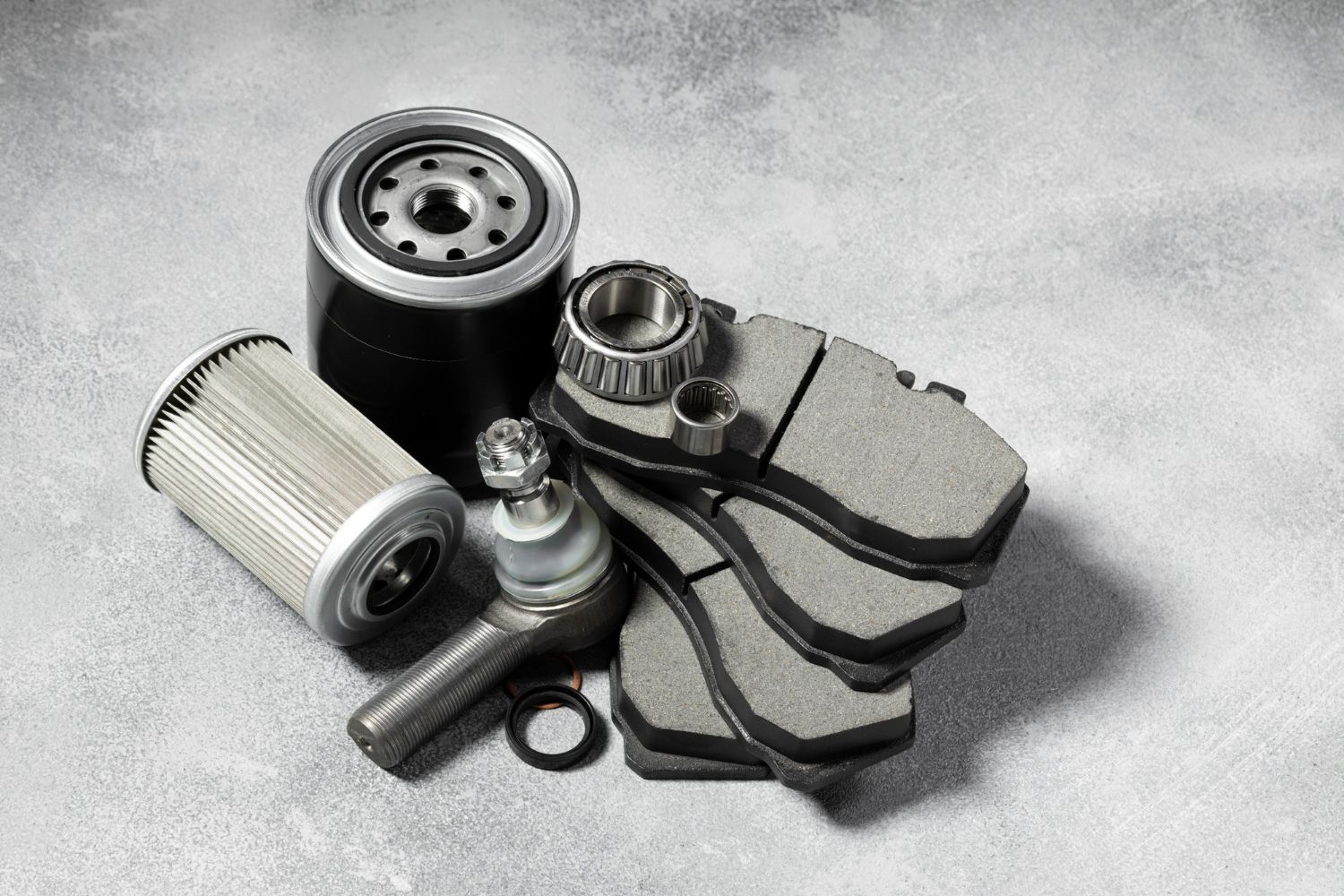Powder Coating vs. Traditional Painting: Unraveling the Differences with Executive Coast 2 Coast Powder Coating
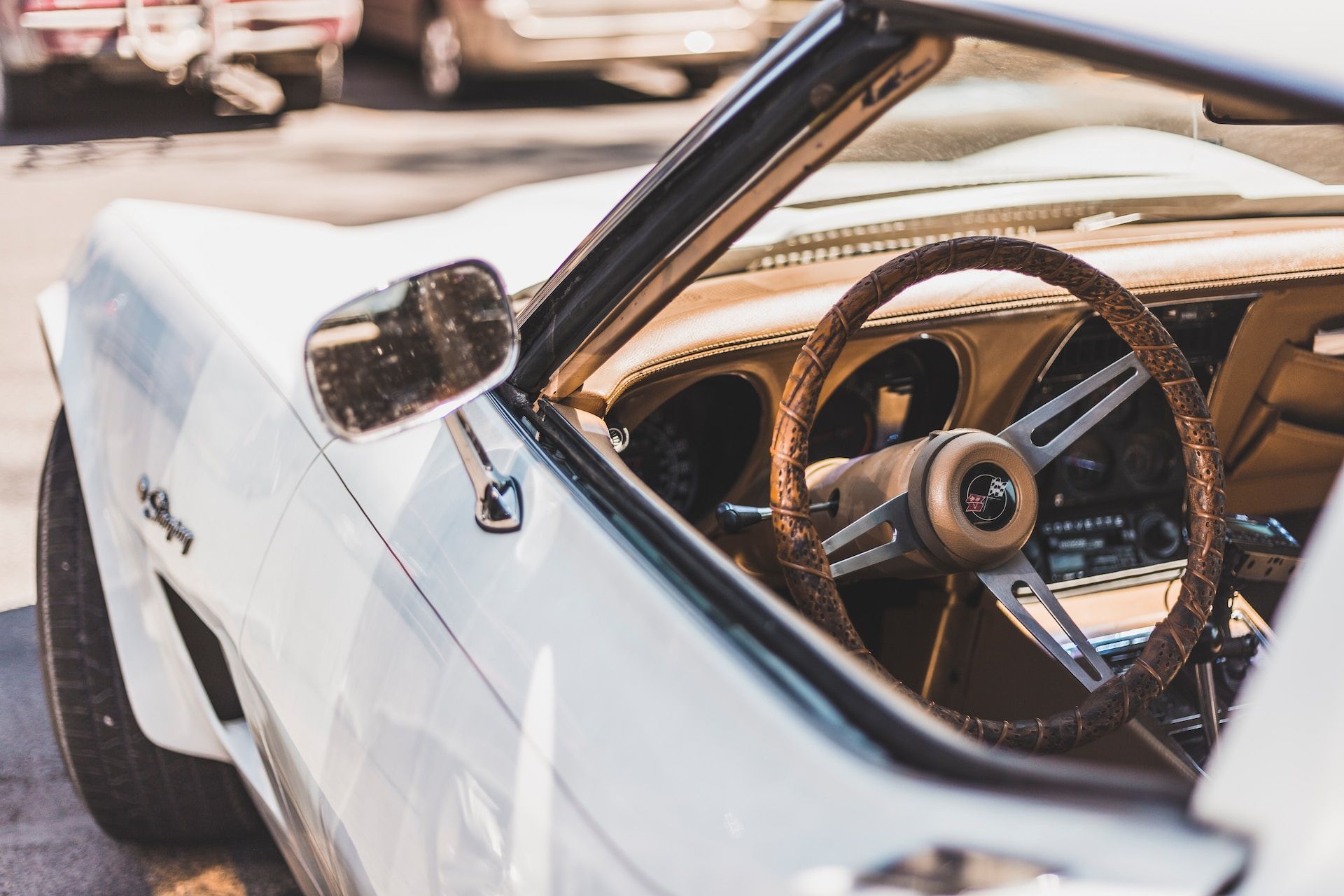
When embarking on a new project, choosing the right finishing method is crucial for achieving the desired results. Powder coating and traditional painting are two popular options, each with its own set of advantages and disadvantages. This comprehensive comparison examines the major differences between these finishing methods, providing valuable insights to help guide your decision-making process.
Executive Coast 2 Coast Powder Coating is committed to delivering top-quality finishing services that meet and exceed the expectations of our clients. We'll delve into areas such as durability, appearance, cost-effectiveness, and sustainability, highlighting the key factors that set powder coating apart from traditional painting methods. By the end of this comparison, you'll have a clearer understanding of how Executive Coast 2 Coast Powder Coating's expertise in advanced finishing technology can greatly benefit your project, regardless of its size or scope.
Durability: A Key Differentiator
One of the most significant differences between powder coating and traditional painting lies in their respective durability. Powder coating creates a more robust, chemically bonded finish that outperforms liquid paint in terms of resistance to chipping, scratching, and wear.
The thermoset polymer used in powder coating cures to form a hard, protective layer that is much stronger than a conventional paint film. This enhanced durability is particularly beneficial in high-impact or outdoor environments, where extended wear and weather exposure demand a long-lasting finish.
Appearance: The Impact of Advanced Coating Technology
Powder coating offers a remarkable range of visual possibilities. Because it doesn't require solvents, it can achieve a more uniform, bubble-free finish compared to traditional liquid paints, which often suffer from runs, sags, or unevenness.
Moreover, powder coatings are available in a wide variety of colors, textures, and finishes—from glossy and matte to metallic and textured. Custom finishes, such as multi-color styles and special effect coatings, are also possible, enabling clients to achieve a unique, tailor-made result.
Cost-Effectiveness: Weighing the Financial Benefits
While the initial costs of powder coating may sometimes be higher than traditional painting methods, its long-term cost-effectiveness must be taken into account. The enhanced durability of powder-coated finishes reduces the need for frequent replacements or touch-ups, ultimately leading to lower maintenance costs over time.
Additionally, powder coating's material efficiency contributes to cost savings. Unused and oversprayed powder can be collected and reused, minimizing waste and optimizing material usage. This recycling aspect is often not feasible with liquid paint and can lead to unnecessary expenses.
Sustainability: A Greener Choice
Powder coating is often considered a more environmentally friendly alternative to traditional painting methods, primarily due to its reduced impact on air quality and waste generation. Liquid paints typically contain volatile organic compounds (VOCs), which are harmful chemicals released into the atmosphere during the paint drying process. Powder coatings, on the other hand, are solvent-free and produce negligible VOC emissions, making them a greener choice for finishing applications.
Additionally, as mentioned earlier, powder coatings are highly recyclable, which reduces waste and helps minimize the environmental footprint of the finishing process.
Application Process: Key Differences
The methods by which powder coating and traditional painting are applied differ significantly and can impact productivity and efficiency. Powder coating utilizes an electrostatic spray gun to charge the powder particles, which are then attracted to the grounded substrate. This results in a more uniform coating and, in many cases, a single application is sufficient to achieve the desired finish. .
Traditional painting, however, often requires multiple coats and longer drying times between applications. This extended process can consume more time and resources, leading to decreased productivity when compared to powder coating.
Substrate Compatibility: Matching the Material to the Coating
While traditional liquid paints may be applied to a wider range of materials, certain substrates can benefit significantly from the enhanced performance of powder coatings. Metals, in particular, are well-suited to powder coating due to its excellent adhesion and corrosion resistance properties.
That being said, advancements in powder coating technology have expanded its compatibility with various materials, including plastics, composites, and even certain types of wood. It's essential to consult your powder coating provider to ensure the suitable match between the substrate and coating.
Curing Process: Ensuring a Strong, Durable Finish
Powder coating requires a heat-based curing process to solidify the coating into a durable, protective film. This process involves heating the coated substrate in a curing oven, where the powder melts, flows, and polymerizes.
Traditional painting, on the other hand, relies on ambient conditions and solvent evaporation to dry and cure. This distinction may impact the overall duration of the project, as powder coating's accelerated curing process can help streamline workflow and reduce downtime.
While this comprehensive comparison has delved into numerous aspects of powder coating and traditional painting, the ultimate decision will depend on your project's specific requirements and priorities. Factors such as durability, appearance, cost-effectiveness, and sustainability will play a crucial role in determining the most suitable finishing method for your unique needs.
Conclusion
Understanding the fundamental differences between powder coating and traditional painting methods is crucial for making an informed decision about your project's finishing needs. With numerous advantages, including enhanced durability, a wide array of finishes, cost-effectiveness, and better sustainability, powder coating is a compelling choice for countless applications.
At Executive Coast 2 Coast Powder Coating, our team of experts is dedicated to providing high-quality, customizable finishing solutions for your next project. If you're considering
powder coating in NJ or have any questions about the process, we're here to help. Reach out to us today to discuss your specific needs, and let us guide you toward a superior finishing solution that will surpass your expectations and leave a lasting impression.
